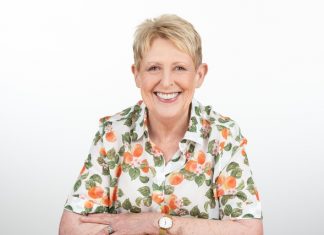By Melissa Meehan
A new study has revealed Australian teens are some of the least active in the world.
The study, published in The Lancet, ranked Aussie kids 140th out of 146 countries for physical activity.
And in 2018, a physical activity report card have Australian kids a D-minus for overall physical activity levels.
It found that only one in 10 Australian adolescents meet the World Health Organisation’s guidelines for daily physical activity.
When comparing differences in genders, boys were more than twice as likely to meet the physical activity recommendations than girls (21 per cent compared to 9 per cent), with girls citing a number of personal barriers to participating in physical activity, the most common being feeling self-conscious when undertaking physical activity.
Girls were around twice as likely to note feeling self-conscious, with 30 per cent of girls reporting this, compared to only 16 per cent of males feeling this way.
When looking at reasons for being physically active, girls were more likely than boys to report weight management as a reason, with 77 per cent of girls reporting this compared to 73 per cent of boys.
The Cancer Council of Australia called on increased support for younger Australians to get active.
Clare Hughes, Chair of Cancer Council’s national Nutrition and Physical Activity Committee said very few young people are meeting the recommended guidelines.
“Physical activity in teenage years sets up good habits for your adult years,” she said.
“Being physically active reduces the risk of unhealthy weight gain and reduces the risk of developing 13 different types of cancer later in life including endometrial, breast and bowel cancer so we really want to see as many teens as possible setting up good exercise habits while they are young.”
Ms Hughes continued, “When we look at the combined cohort, over half (52 per cent) said a lack of physical activity options in school was a barrier and almost as many (48 per cent) said they were too far from school to walk or ride.”
The study was based on 298 school-based surveys from 146 countries including 1.6 million students aged 11-17.








